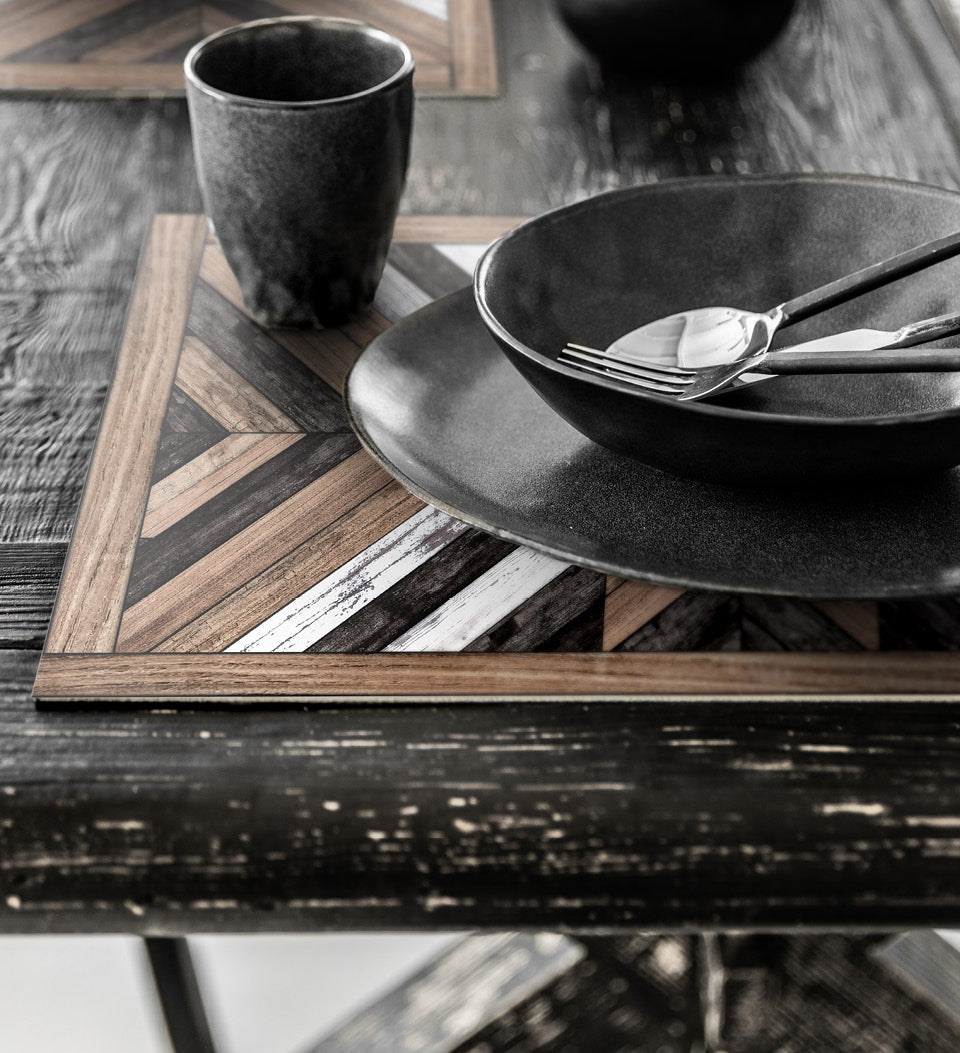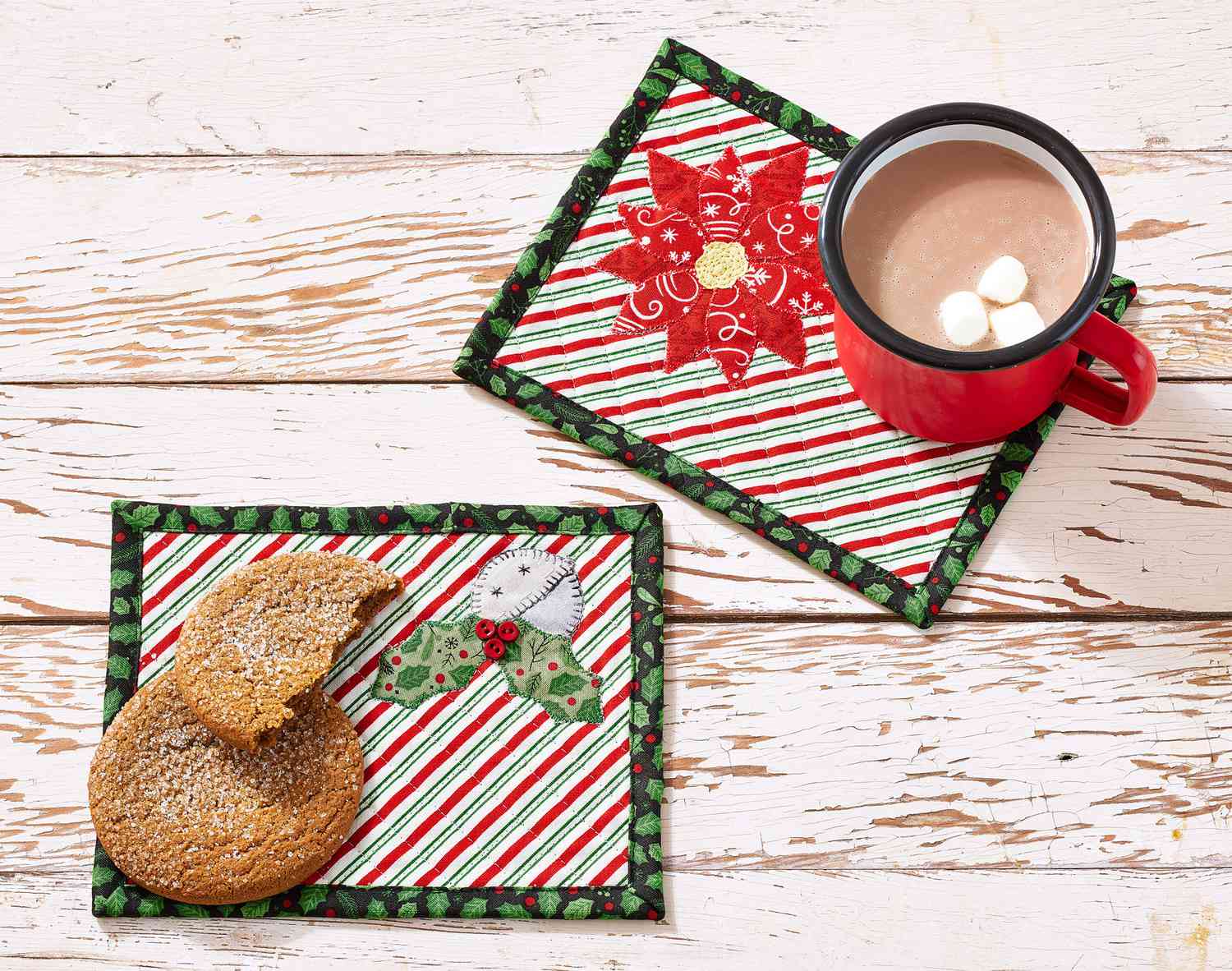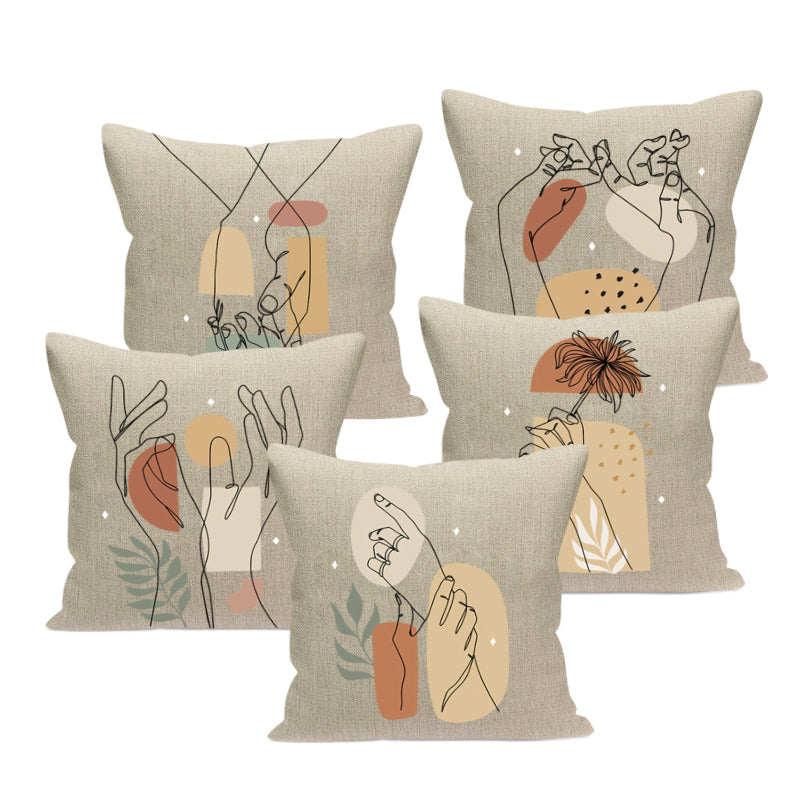10 Easy Facts About Unique Art Described
Table of ContentsUnique Art Can Be Fun For EveryoneEverything about Unique ArtUnique Art for BeginnersUnknown Facts About Unique Art
While one may discuss which art type holds priority, the reality stays that each of these 7 types provides a special window into human background, culture, and advancement. They are the tapestries that chronicle our trip, reminding us of our past while inspiring visions for the future.Terrific art work narrates, makes individuals look twice, and creates an unique experience that can not be matched. Art and images connect every one of that via color, shape and other style aspects. Find out exactly how to make your special art work stand out from the crowd.

8 TRIA GIOVANEqual parts grand and laidback, this entrance hall developed by Anthony Baratta is the excellent plan to adhere to if you're decorating a formal entrance that still feels unfussy and comfortable. Patterned textiles take facility phase (see the carpetings and the couch), yet they also assist bring the high ceilings to a human range when hung over wallpaper.
Some Ideas on Unique Art You Need To Know
18 Heidi Caillier DesignA gallery wall doesn't need to occupy the whole room. In some cases a small one can make a bigger style declaration. In this living area, Hiedi Caillier went with micro-mini frames and an arbitrary structure. Ad - Continue Analysis Below19 Stephen Kent JohnsonDesigner Juan Carretero selected a deep eco-friendly paint shade to contrast with the light wood surfaces.
The aspects of this languageits shapes, lines, colours, tones, and texturesare made use of in different methods to generate experiences of quantity, room, movement, and light on a level surface area. These aspects are integrated into expressive patterns in order to represent real or supernatural sensations, to translate a narrative motif, or to produce wholly abstract aesthetic partnerships.
Later the idea of the "fine artist" established in Asia and Renaissance Europe. Popular painters were managed the social status of scholars and courtiers; they signed their job, decided its style and frequently its subject and imagery, and established a much more personalif not constantly amicablerelationship with their clients. During the 19th century painters in Western societies began to lose their social setting and safe and secure patronage.
Facts About Unique Art Uncovered
Others made an income through touring exhibitions of their work. The requirement to appeal to a market had replaced the comparable (if much less impersonal) demands of patronage, and its result on the art itself was possibly similar also. Typically, artists in the 20th century might get to a target market only with industrial galleries and public galleries, although their job may have been sometimes recreated in art periodicals.

Don't duplicate the design of other musicians if you're attempting to find your design. Duplicating try this other individuals's art work can be fantastic in educational objectives however it will certainly not make you closer to finding your very own one-of-a-kind style. Your artistic design has to be, what you such as and what influences you.
I would think of your very own design as a style you repaint in naturally, when you let go of all ideas and rules and simply concentrate on painting, not considering it. Unique Art. The design has to come naturally to you when you are loosened up and you can not force it or it won't be your very own style, just another person's
The Only Guide for Unique Art

With time you'll have the ability to arrange all of them into your preferred and the very least favorite categories. Attempt to focus your attention on the topics and tools that you like and prior to you see it coming you'll have your own personal and special design, like no person else have! In the end you'll have a few favorite topics to paint and maybe a couple of preferred mediums.
The style needs to establish itself in time with a great deal of practice and experiments - Unique Art. Thanks for reading this message and if you have any kind of inquiries leave them important source in the comments below, I would certainly more than happy to respond to these